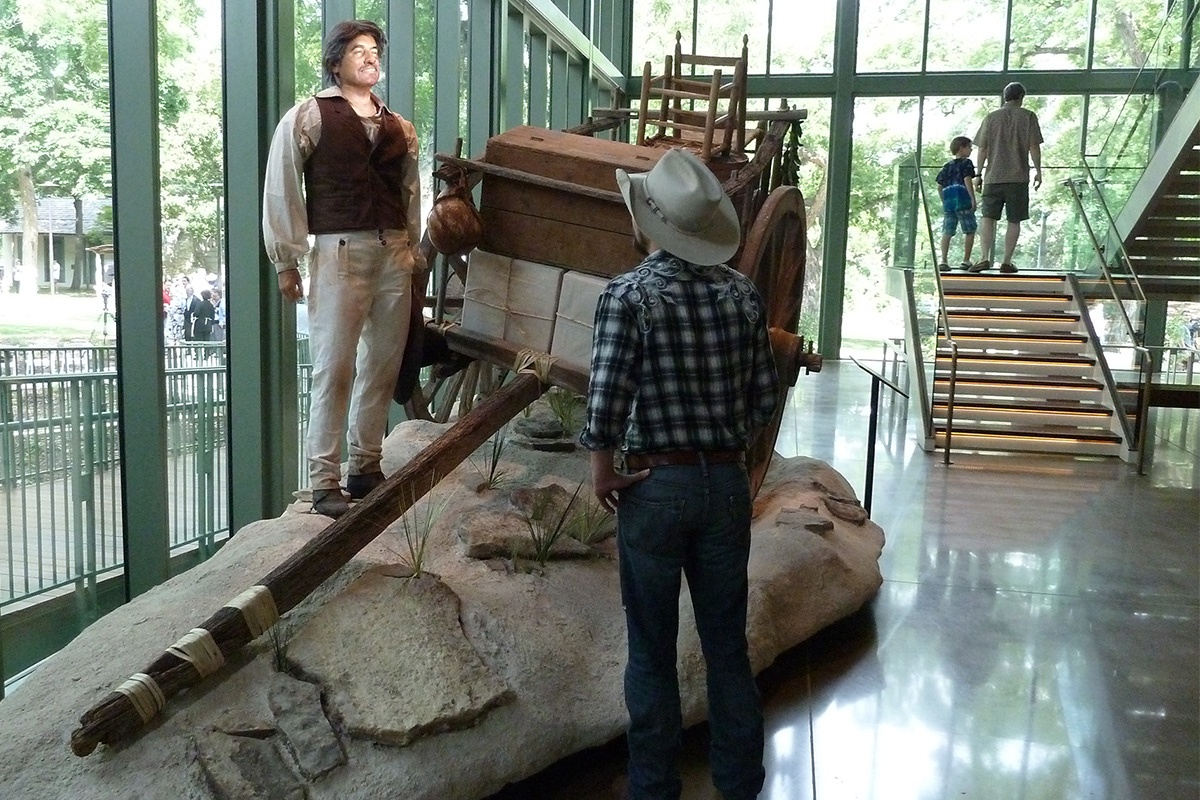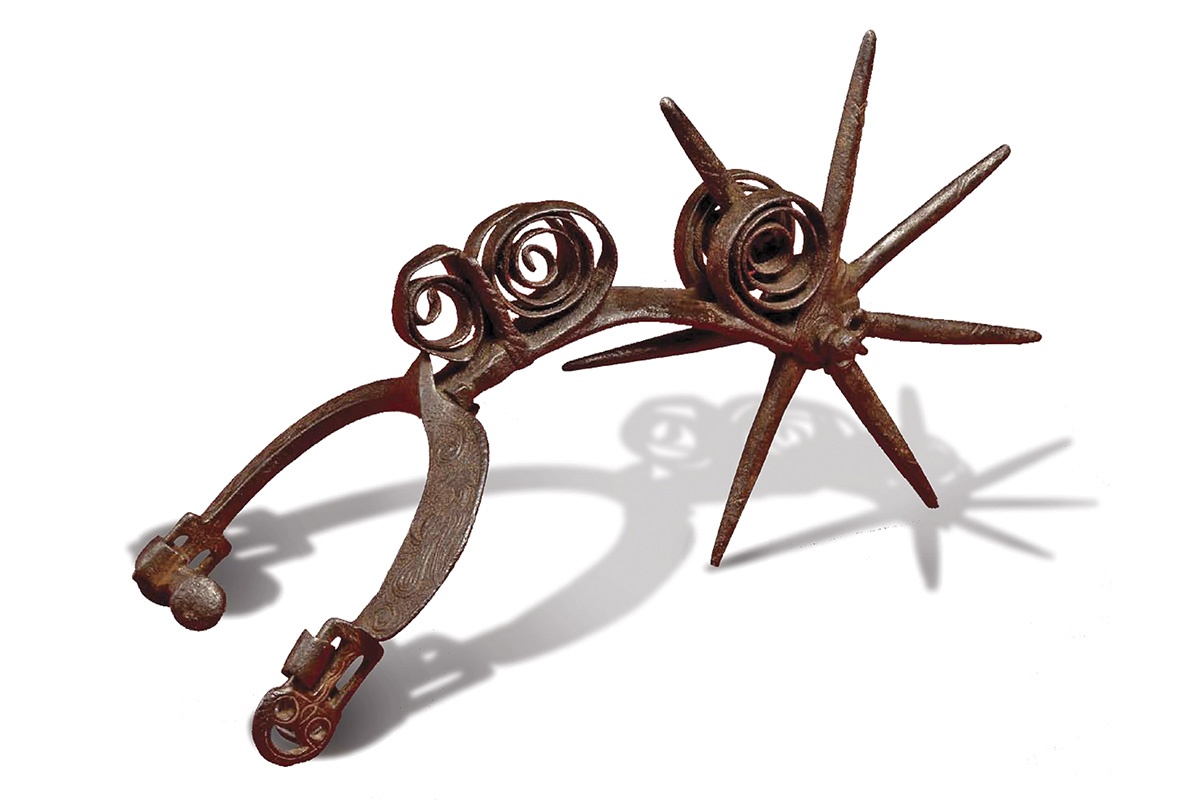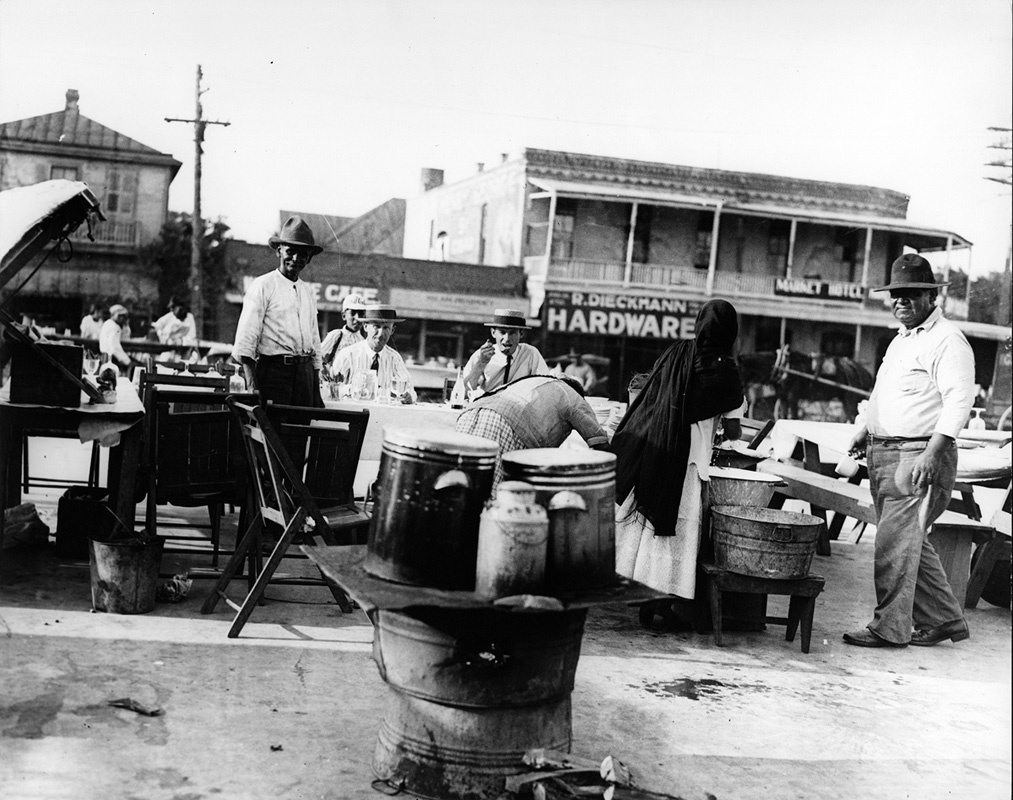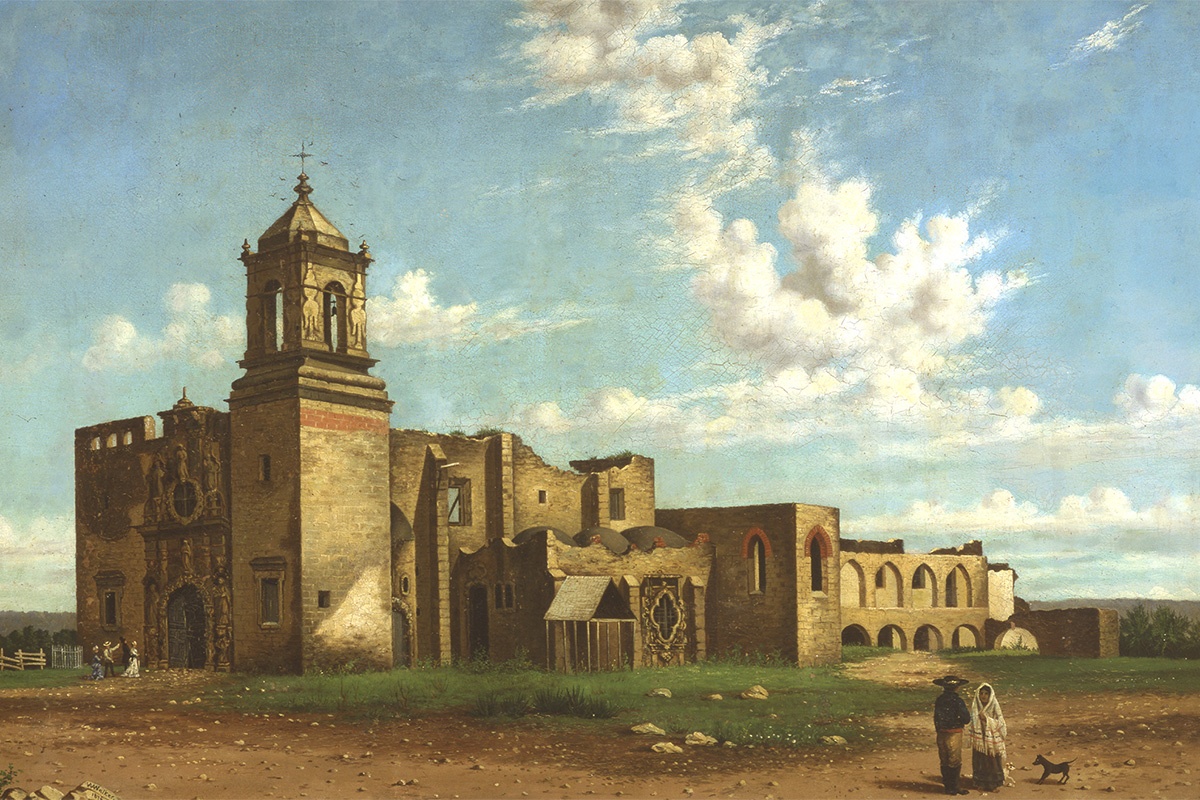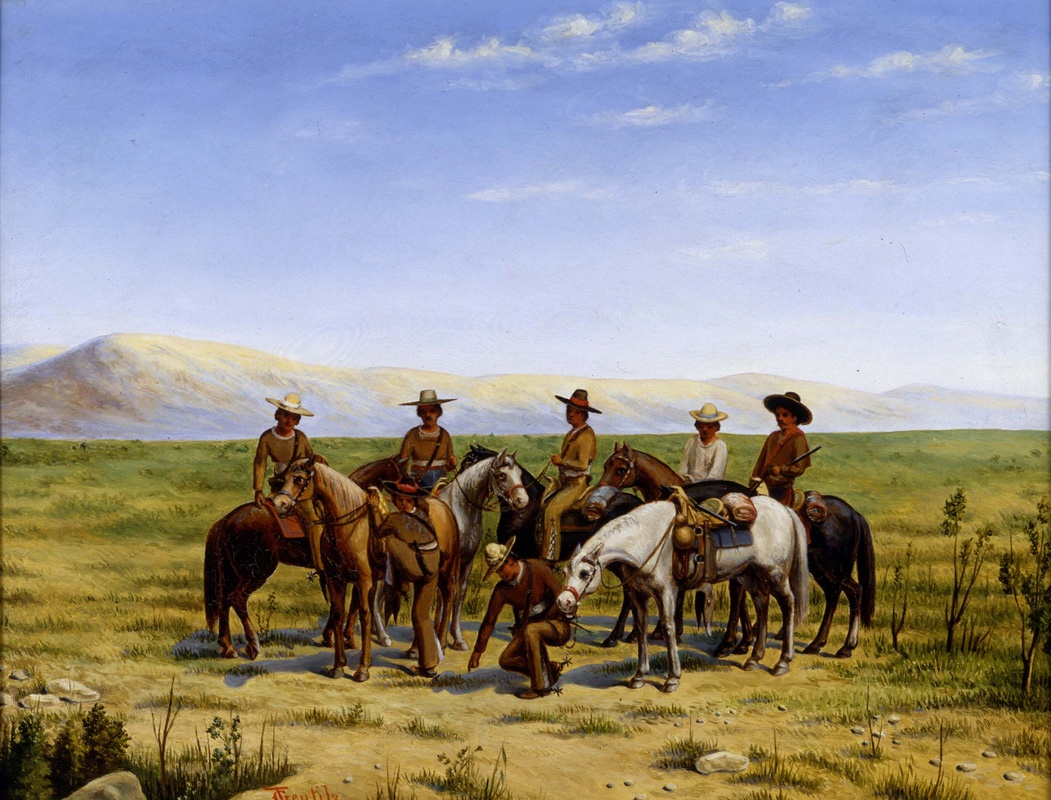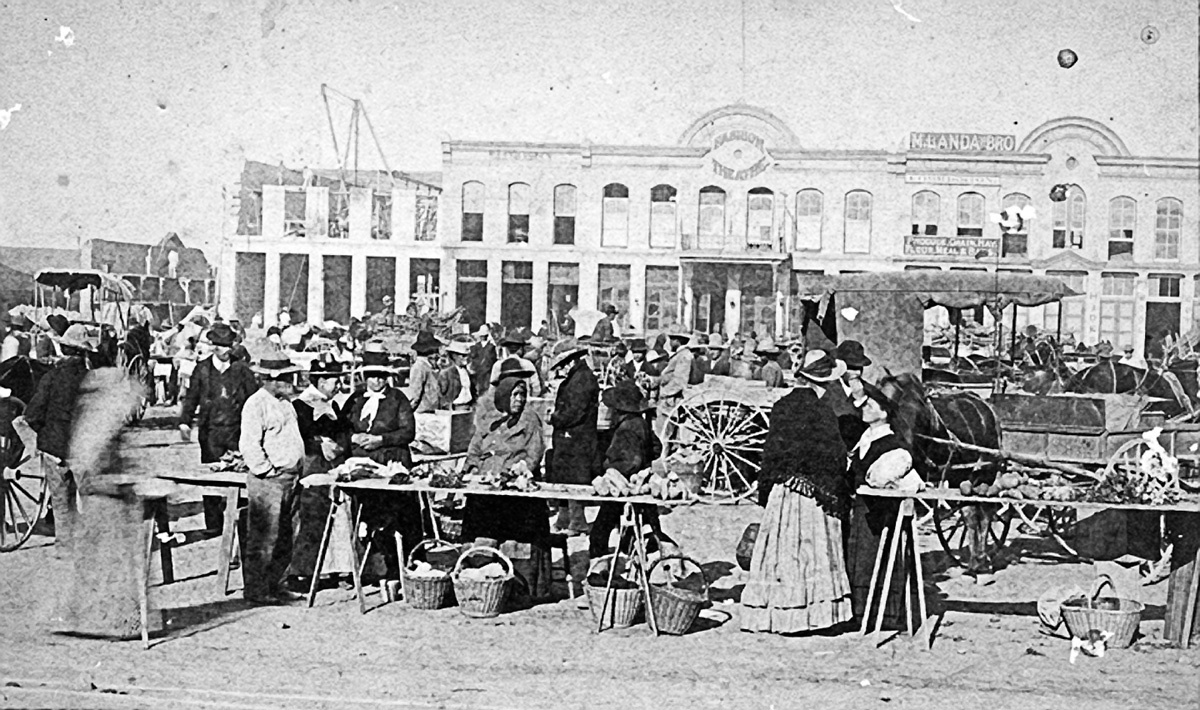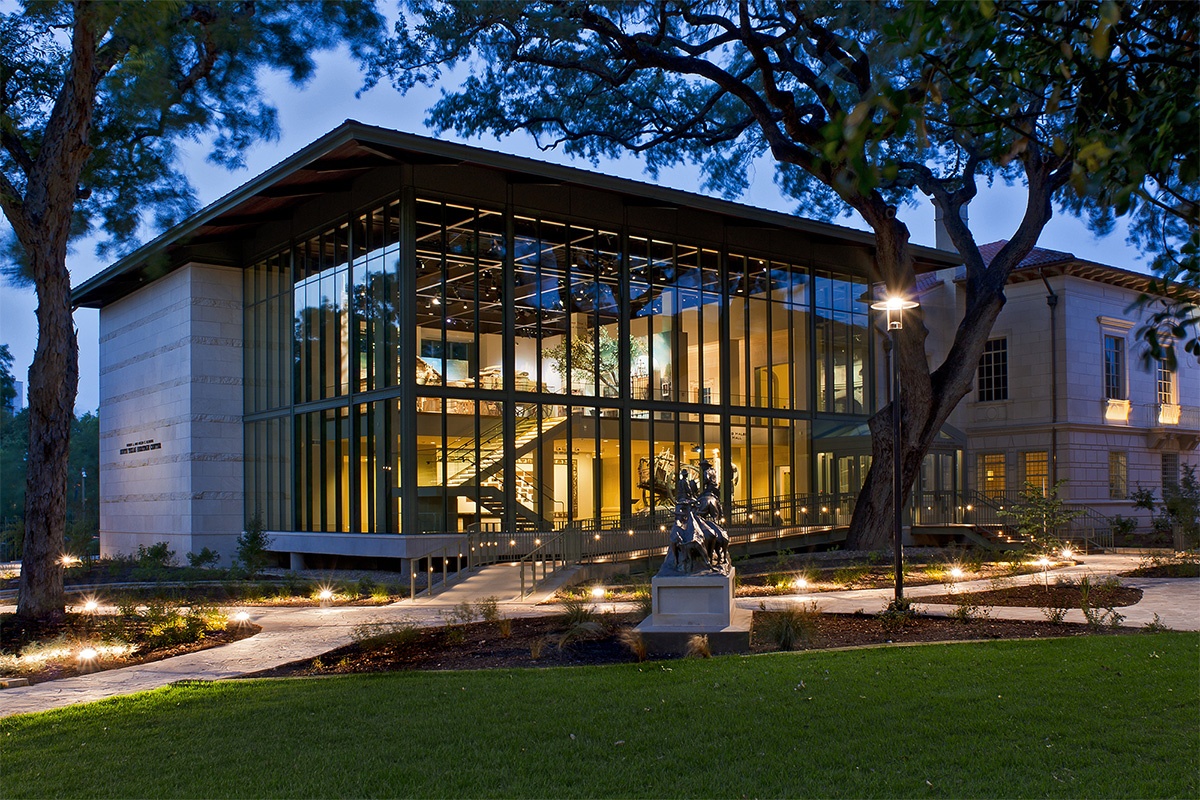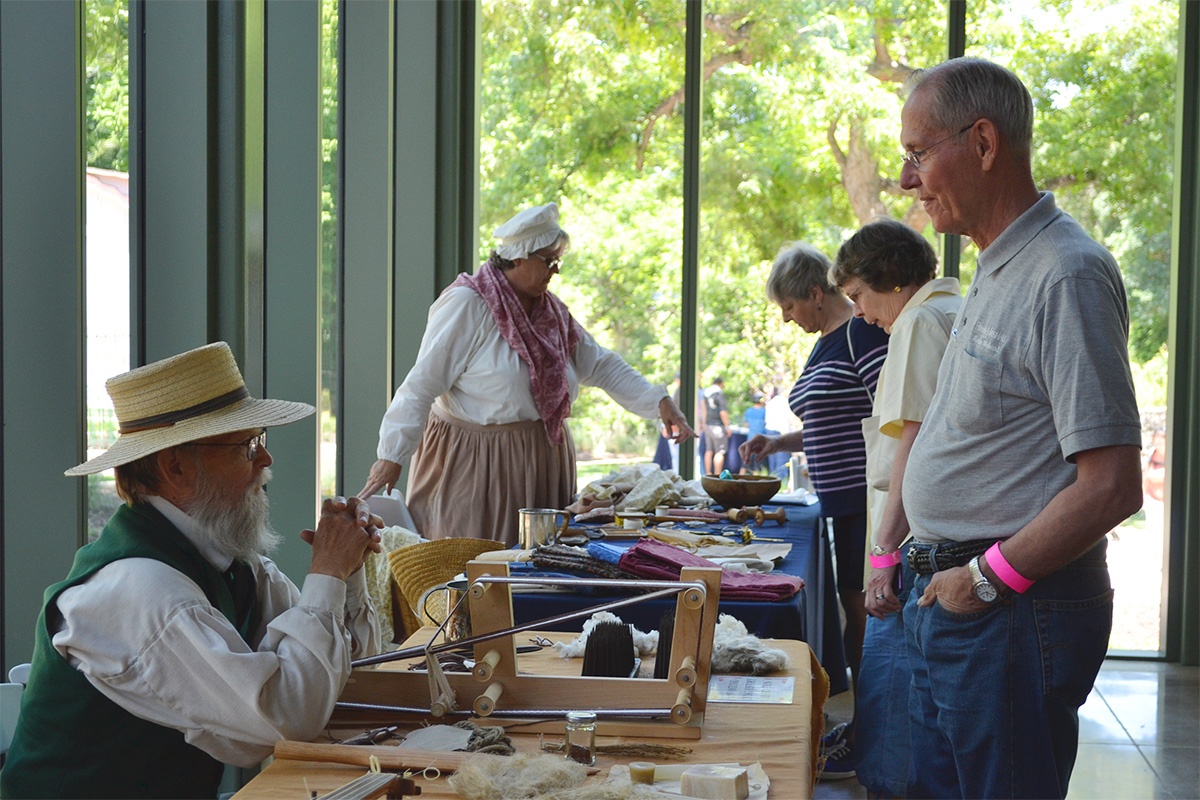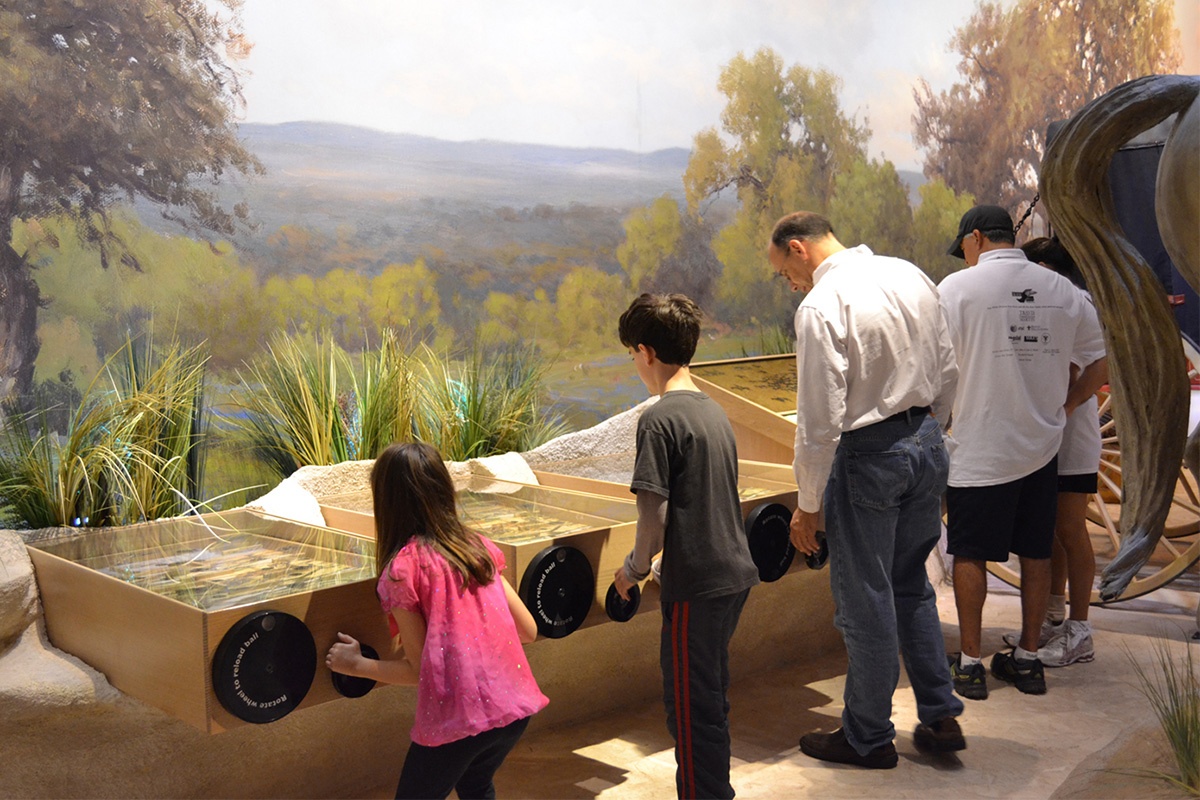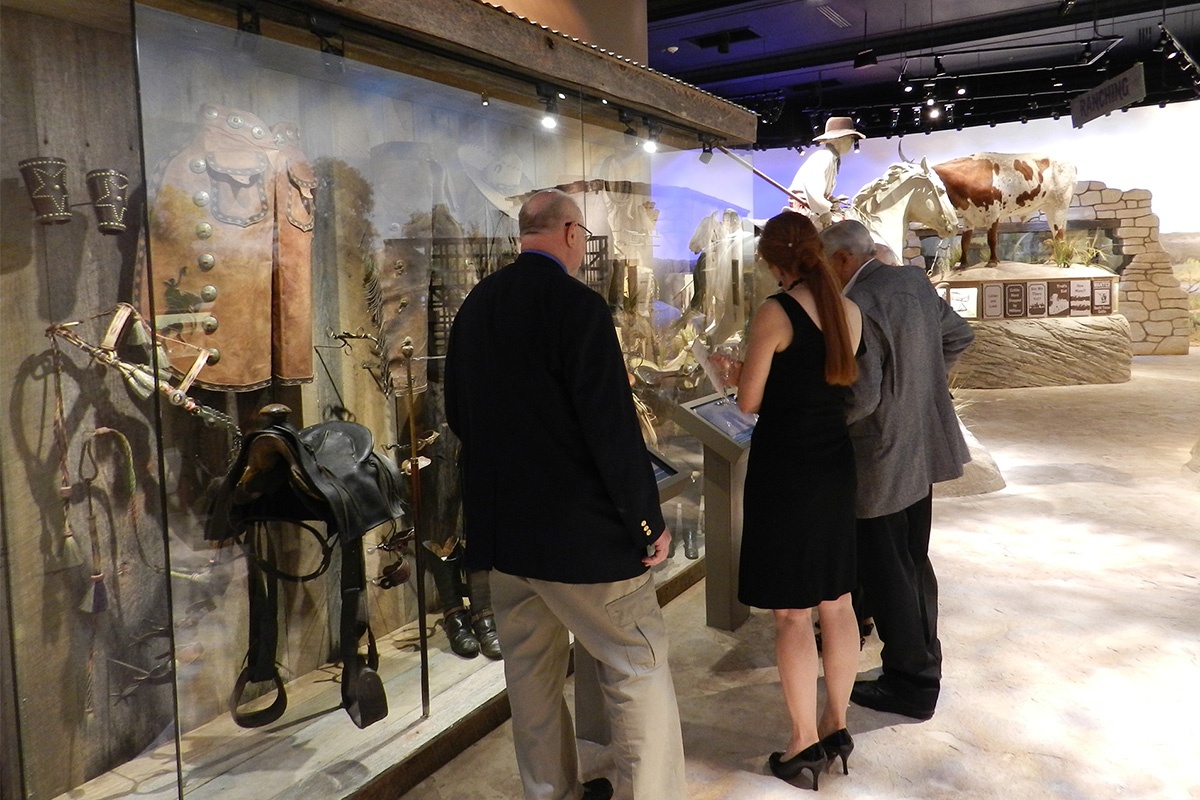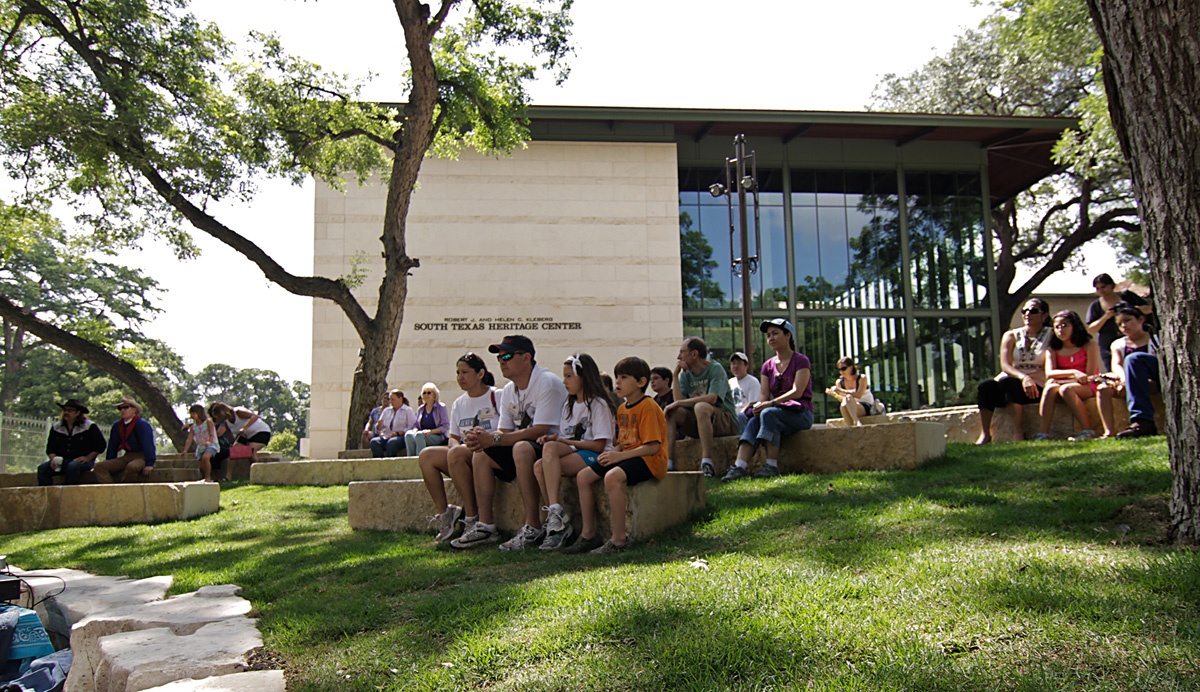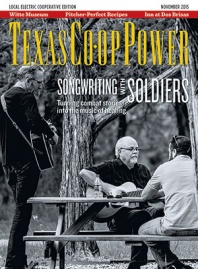During the Great Depression of the 1930s, San Antonians encountered the unusual sight of live alligators and rattlesnakes lounging in a makeshift corral near the San Antonio River. This offbeat roundup appeared courtesy of the San Antonio’s Witte Museum. The guest herpetologist who collected the reptiles and amphibians for the garden charged visitors a dime each to raise funds for the cash-strapped museum. The plan succeeded when more than 800 visitors arrived on opening day to view the unusual combination of wildlife. A subsequent fish-fry fundraiser—with rattlesnake meat serving as a substitute for catfish—generated even more donations, inspiring the museum to make it an annual event for 16 consecutive years.
Today, a visit to the Witte features another unusual sight, but one of the 21st century. In Ewing Halsell Hall, gateway to the Witte’s South Texas Heritage Center, visitors encounter the animated Tejano freighter, a life-size sculpted figure that symbolizes 19th-century South Texas. The freighter tells his story of travels across the southern frontier using a film of a live actor projected on the face of the sculpted freighter. The voice and movement blend naturally with the figure. The result is known as a “ciné-robot,” and its facial features are lively and lifelike.
The Witte (pronounced “witty”), San Antonio’s premier collection of cultural and natural history, maintains its reputation for innovation combined with judicious resource management. Both characteristics were embedded in the museum’s DNA by founding director, Ellen S. Quillin, an area high school teacher who joined forces with Mayor John Tobin and Ethel Tunstall Drought, president of the San Antonio Art League, to open the Witte in 1926. Businessman Alfred Witte bequeathed $65,000 to the city to build a museum of art, science and natural history in honor of his parents. Witte died in 1925 and did not see the result of his bequest, but Texas—and South Texas in particular—continues to benefit from his gift.
The fledgling museum eschewed the mundane for the eclectic. Alongside artworks by European masters, visitors could admire Native American artifacts, historical costumes and furniture, a natural history collection composed of birds, mammals and other creatures preserved by taxidermy, as well as mounted butterflies and other insect and mineral specimens. Hanging overhead was a Curtiss JN-4D (known as the Jenny Flyer), the World War I trainer that became plane-of-choice for barnstorming pilots throughout the 1920s. The museum’s art collection included paintings and sculpture by European, American and Texas artists, as well as by members of the San Antonio Art League.
Just as San Antonio serves as a capital for South Texas, the Witte Museum has made South Texas a primary focus for its collecting and programs. One of the first major steps in this direction took place after World War II when the Witte helped fund an expedition to southwestern Texas. This expedition significantly increased the state’s natural and cultural history collections and helped attract funds to construct and expand its existing galleries.
By 1951, the Witte’s 25th anniversary, the museum occupied new offices dedicated to the natural history collection and began constructing a new auditorium. By the 1960s, the museum featured a gallery addition that increased its square footage by 60 percent.
As the 20th century progressed, the Witte strengthened its identity as a regional museum of natural and cultural history. To help sharpen the focus on South Texas, the Witte ultimately transferred much of its fine art collection to its sister institution, the San Antonio Museum of Art, established in 1981. This gave the Witte an opportunity to further emphasize its mission to become the city’s premier institution for the preservation and presentation of history, science and culture.
“There are dozens of artifacts related to San Antonio and South Texas,” says Bruce Shackelford, South Texas Heritage’s curator. “From Sam Houston’s sash to the cowboy artifacts, the King Ranch wagon and the pickup and the salesman’s sample windmill, they all have a direct relationship to San Antonio and South Texas.”
An essential part of the Witte’s success in accomplishing the goal of showcasing the rich cultural history of South Texas came about through funding from the estate of one of the region’s most influential businessmen—Robert J. Kleberg Jr. The grandson of Richard King, who created the King Ranch empire, Kleberg led his grandfather’s considerable operation for more than 40 years. Kleberg and his wife, Helen, committed to supporting and im-proving the quality of life in South Texas communities. In 2012, the Robert J. Kleberg Jr. and Helen C. Kleberg Foundation provided the leading financial gift to create the South Texas Heritage Center, home for the Witte’s collection of South Texas history.
The South Texas Heritage Center incorporates artifacts with state-of-the-art museum technology to trace the history of 19th- and early 20th-century South Texas and its people. Narratives of Tejano freighters, merchants, Native Americans, Spanish settlers, vaqueros, oilmen, pioneer women, cowboys and ranchers share a spotlight with the museum’s extensive collection of saddlery, period clothes, ranching artifacts, collectibles from the oil and gas industry, archival photographs and documents.
The 20,000-square-foot center features a grand entry hall, exhibits, the museum’s early Texas art collection and classrooms. Across the grounds, some of San Antonio’s most historic homes and log cabins have been preserved for presentations, exhibits and museum offices. The collection includes the Ruiz House, home to the city’s first schoolmaster; the limestone-block Navarro House built in 1835; and the 1840s home of pioneer merchant John Twohig. The center also serves as an archive for scholarly research, providing access to a considerable collection of artifacts such as Texas furniture, firearms, textiles, the Alamo Fiesta coronation gowns and memorabilia from the Hertzberg Circus Collection, considered one of the most impressive collections of circus art and artifacts in the world.
“The South Texas Heritage Center exhibits important artifacts relating to the history of all eras of Texas,” says Shackelford. “One aspect that makes the Witte STHC different is that we place our artifacts into a context reflecting how they existed during their time of use. Many of the artifacts in the South Texas Heritage Center are treasures of the State of Texas.”
The Witte may serve as archivist to the past, but it moves confidently into the future. A considerable expansion of galleries and exhibits is slated for completion in 2017. The “new” Witte will enhance indoor spaces with outdoor features and will include a park-like slice of the city sandwiched between Broadway Street and the San Antonio River. The reimagined Paleontology Gallery will feature the museum’s impressive collection of fossilized and reconstructed dinosaurs. The artifacts of the ancient Pecos region, epicenter for Texas rock art, also will find a new home in the People of the Pecos Gallery.
Best yet, when visitors enter the museum, they will encounter the Quetzalcoatlus, the museum’s fossilized “Texas Pterosaur,” and the ancient world’s version of the barnstormer—and largest flying animal of all time—will hang from the rafters.
——————-
Photographer, author and artist E. Dan Klepper lives in Marathon.
